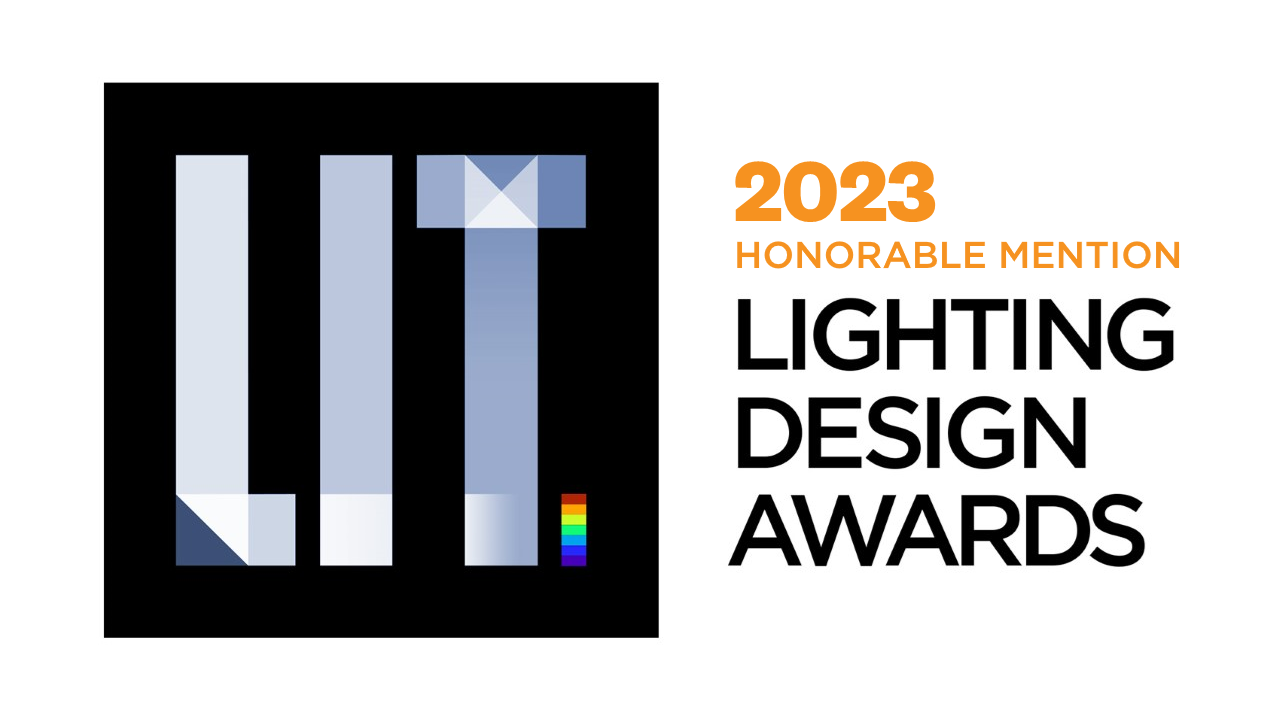Prize(s) Honorable Mentions
Lighting Design/Product Company Introba Light Studio
Lead Designers Ellie Niakan
Other Designer's names Mary San Miguel and Chung Ho
Client ONNI Group Chicago
Photo Credits Nick Fochtman
Completion Date January 2023
Project Location Chicago, USA
Entry DescriptionFitting the appearance of a 4-Storey parkade in the neighbourhood of River North Chicago famous for high-end art/design galleries was a challenging task. The parkade with its translucent façade is the podium of a 41-storey residential tower. The parkade houses 250 cars at the corner of Grand Avenue.
The solution was to resemble the look of the residential units on the façade of the parkade to create a harmonious nightscape in the urban fabric after dusk.
Inspired by city skyline of high-rise residential projects, where the luminaires with different CCTs and intensities illuminate various apartments, the parkade’s curtain walls are lit with linear lighting installed behind the diffused glass. They graze down the windows with various CCTs from 2700K to 5000K in a random pattern. Some of the luminaires were dimmed in different intensities to enhance the perceived residential look. The luminaires additionally contribute to the parking stalls’ illumination. The CCT variation is not perceivable in the interiors of the parkade as the facade lighting mixes with the parkade functional lighting. The façade luminaires don’t create visual discomfort for the drivers as all the lights are installed adjacent to parking stalls at the curtain walls and not adjacent to driveways. Numerous luminaire mock-ups with various beam spreads and CCTs next to different glass types was the key to success.
Sustainability ApproachLighting control turns on facade lighting at specific times (astronomical clock and photosensors) to achieve maximum energy efficiency. The luminaires were turned off after curfew.
The project met the façade energy targets based on ASHRAE 90.1.
The luminaire locations at each level were easily accessible for maintenance/repairs.
The glass luminance is kept at a minimum. The variations of CCTs make the glass infills distinguished and different from each other. This leads to reduction of required light intensities and surface luminance. This protects dark sky and prevents light pollution.
The specified luminaires were made in USA to minimize CO2 emissions created by vehicle or other transport mittels from other locations/continents.


